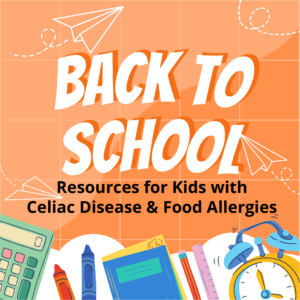Sending a child to school with food allergies, Celiac Disease, or any other dietary restriction will feel tough the first few times. Once you’ve gone through the process of 504 plans, everything else like communicating with teachers, class parties, school sports, and everything else that comes with school, will eventually become second nature.
That doesn’t mean you let your guard down, just that the feel of “this is one of the hardest things I’ve ever done” eases up quite a bit.
First, I’ll start by answering your questions, then I’ll be sharing information, as well as resources for you to tap into during back to school season.
What is a 504 Plan?
A 504 plan is a contract/action plan between you and your child’s school and/or school district. The plan covers food, accommodations, and activities your child will engage in. A 504 plan is custom to your child and can be updated as needed.
Does a 504 Plan Include Allergies?
Yes. A 504 plan can include food allergies. A 504 plan can also include Celiac Disease and other dietary restrictions. A 504 plan is NOT the same thing as an IEP. Some students may need both.
What Helps with Allergies at School?
The best thing you can do for a child with food allergies when sending them to school is to make sure there’s a 504 plan in place. From there, communication is your second greatest tool. You’ll want to communicate your child’s needs with their teacher and school administration (as needed).
It can be as simple as the teacher letting you know about a special in-class project that you’ll need to send materials for, or a class party where inclusion can be accommodated.
Teaching your child to self-advocate will also help with allergies at school. It’s important that they know what food is safe, if they’re allowed to accept food from others, and so on. In my opinion, it’s also critical to teach them to not tolerate any form of bullying or harassment. Your child should be comfortable letting you or their teacher know about any harmful behaviour happening at school.
How do Schools Deal with Food Allergies?
This is going to vary by school and child. Whilst I’d love to tell you there’s an overarching set of rules all schools follow, there isn’t. The CDC has put out Voluntary Guidelines for Managing Food Allergies in School and Early Childhood Programs. Outside of that, how your school manages food allergies will come down to their previous experience, and your 504 plan.
What are the Big 8 Food Allergies?
A phrase you will hear often in the allergen world is the “top 8” or “big 8.” These allergens are: wheat, milk, egg, soy, peanut, tree nuts (including coconut), fish, and shellfish.
As of January 1, 2023 Sesame is not being legally enforced as number 9 here in the United States.
It’s important to note that whilst the FDA classifies coconut as a tree nut for the sake of labeling, botanically, it’s not a tree nut. This becomes an issue when chefs and companies don’t stick to the letter of the law and gloss over coconut on food labels etc.
If you are allergic to coconut, beware that even allergy friendly brands do this, so read labels carefully. Also note that gluten is NOT a major allergen, only wheat specifically is.
Are Food Allergies Covered Under the ADA?
Yes. Food allergies are covered under the ADA, also known as the Americans with Disabilities Act.
What can Educators Do to Help Students with Food Allergies?
Educators can help students with food allergies first and foremost by following the 504 plan for each student. Additionally, they can keep an eye out for any bulling and nip it in the bud so kids with dietary restrictions don’t feel like outsiders.
Teachers and staff should communicate with the parents regularly about any food-based activities happening in the classroom. If an educator really wants to go the extra mile, they can advocate for food-free classrooms to make it a lot easier on kids with restricted diets.
Outside of that, I’d suggest reading up on food allergies, such as the hidden sources of allergens. For example, some hand sanitizer brands contain wheat and milk. If you don’t manage these allergies, you might not ever think to read the label of hand sanitizer since it isn’t food. As an educator, if you plan on bringing things in, always read the labels.
Hidden Sources of Allergens
If your child has a gluten, dairy, soy, corn, egg or tree nut allergy, consider sending your child’s teachers the following articles. They are a great resource, especially for someone who doesn’t have allergies themselves.
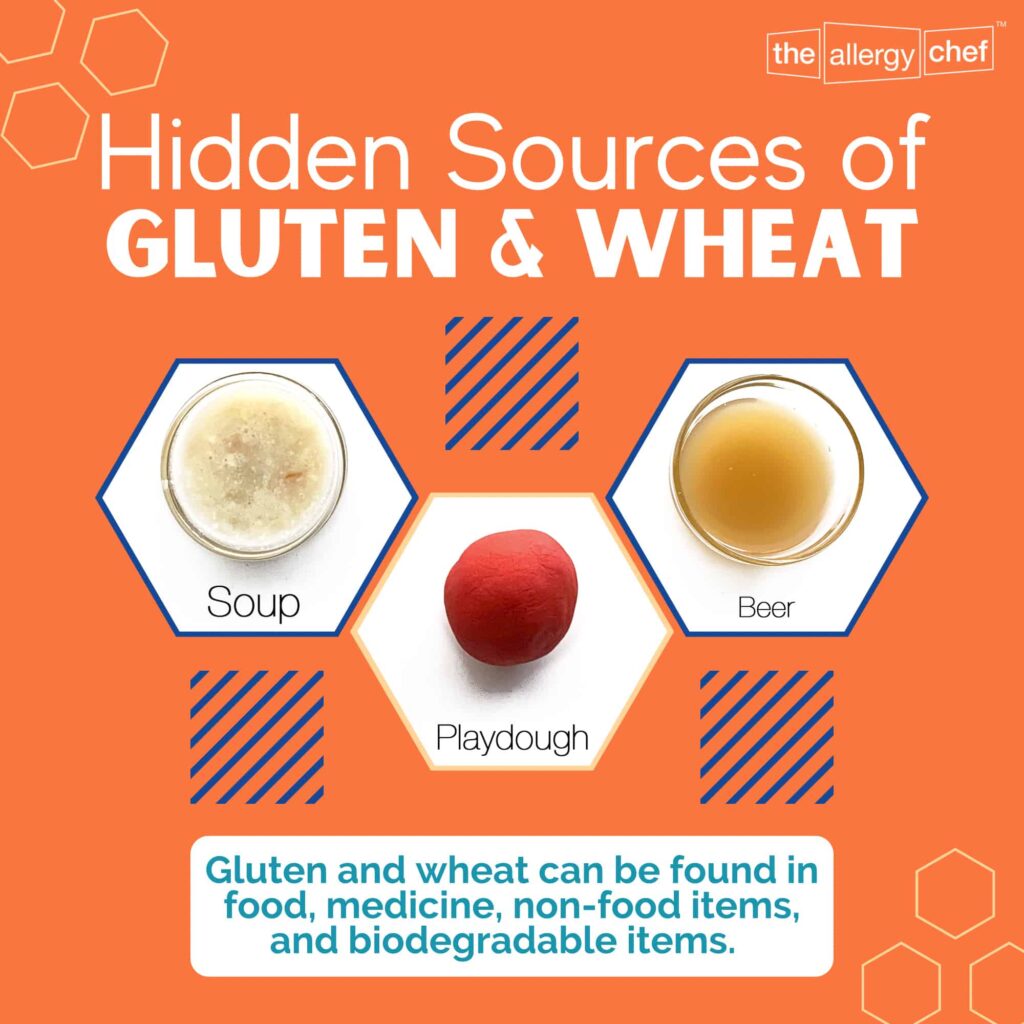 |
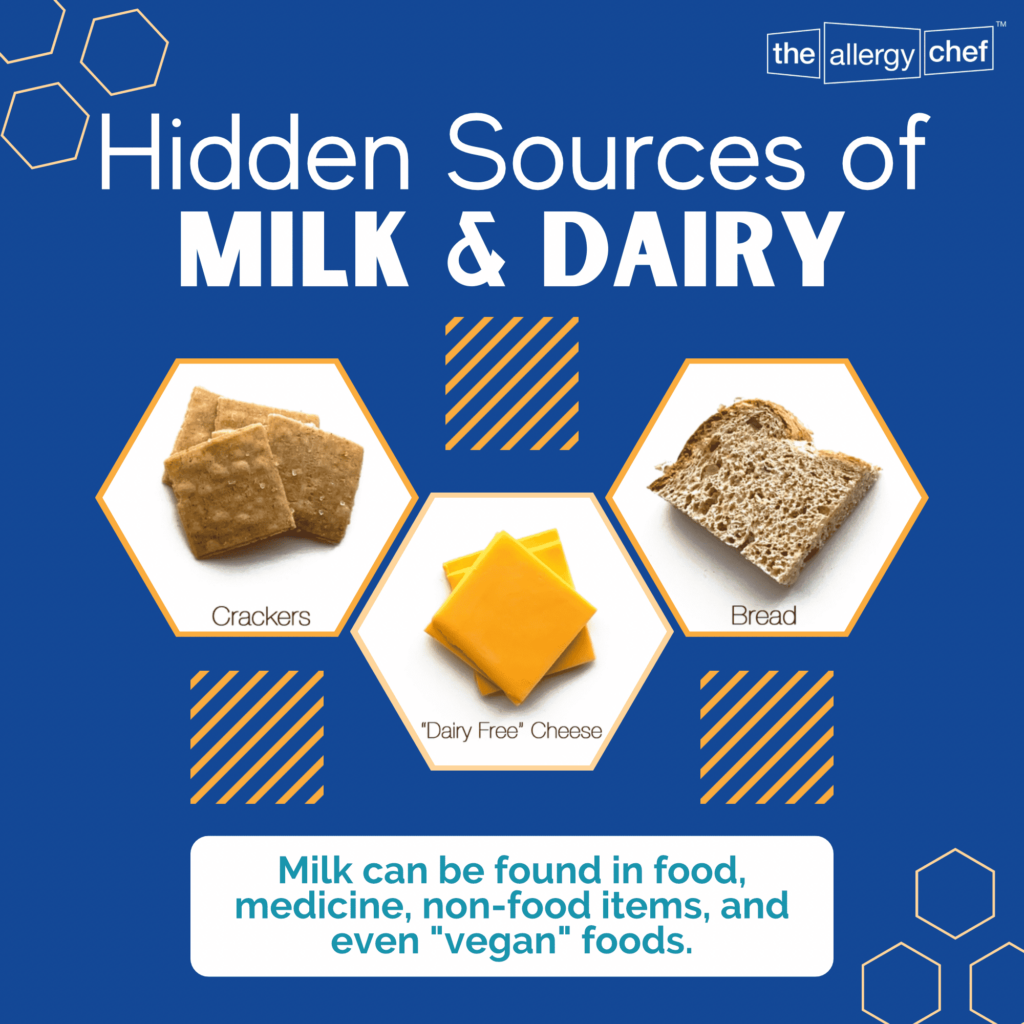 |
 |
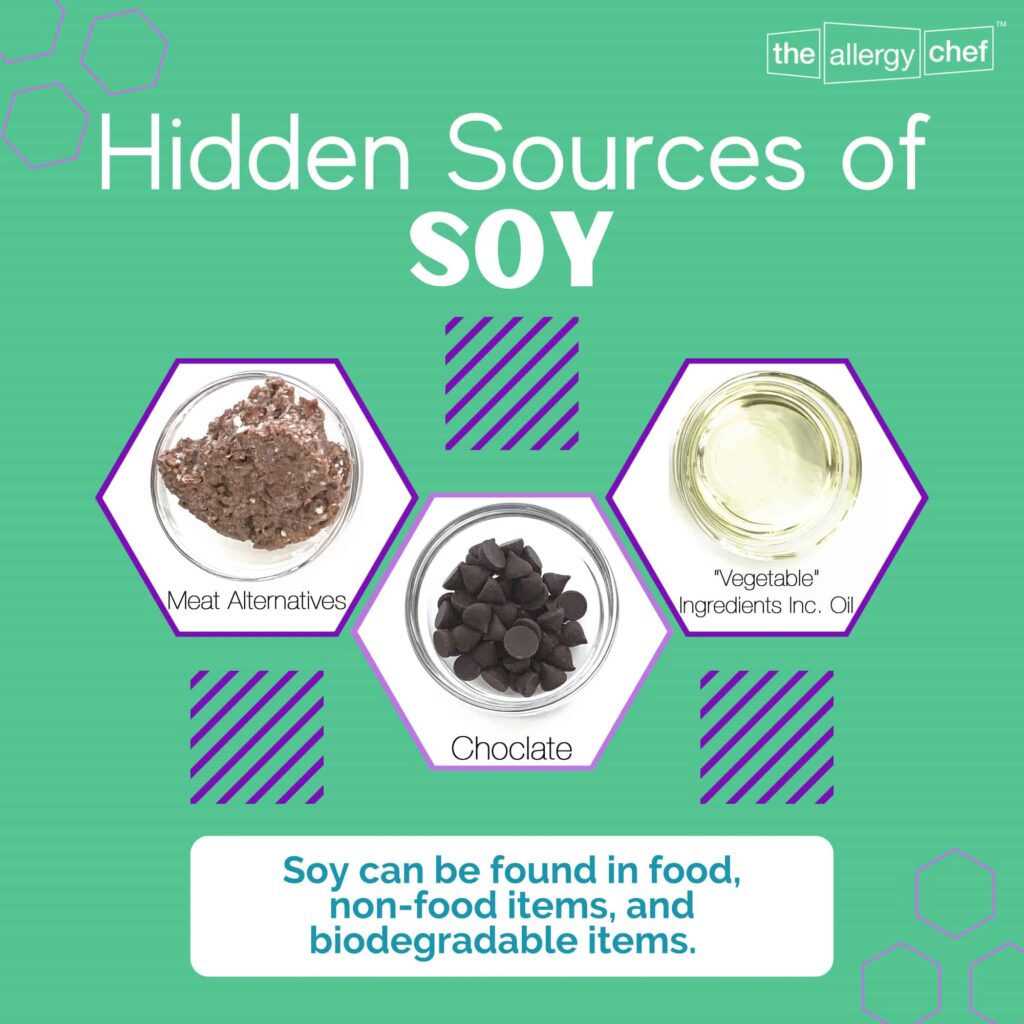 |
 |
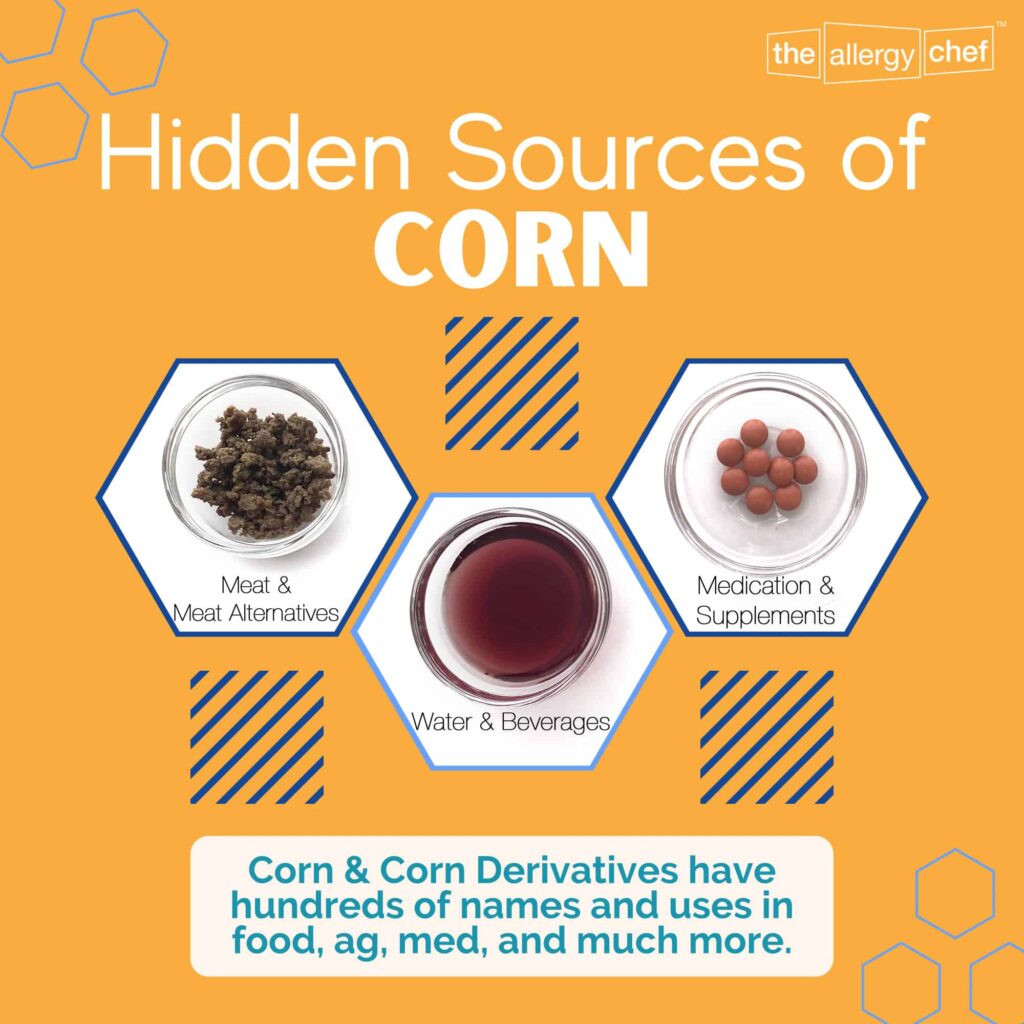 |
What to Do if a Child Has an Allergic Reaction in School
Whilst this is something many parents are afraid of, you can be proactive and make sure your child’s 504 plan includes WHAT the staff should do if a reaction happens at school. Here are some of the steps that may be included on your child’s emergency/action plan:
- Administer the Epi-Pen (or other medication as per the 504 Plan)
- Have the School Nurse on Hand
- Call 911
- Notify the Parents and/or Emergency Contact(s)
- Stay Calm
- Keep Other Students Calm, and Have Them Exit the Area
Food Allergies in School Cafeterias
Cafeterias can be a difficult place for a child with food allergies, Celiac Disease, and other dietary restrictions. First, there’s the school food that’s being served. There’s a good chance your child will not be able to eat the food available. If your child attends a private school where school lunch is included in the school fees, ask for a discount on tuition since they won’t be able to consume any of the food. If they decline the discount, insist that packaged foods, safe for your child, be purchased by them to have on hand.
In the cafeteria, there’s also potentially an issue with the tables where the kids sit and eat. It’s not uncommon to have allergen tables these days where free-from kids have a separate, clean space to eat lunch. There’s a fine line here as it can lead to feelings of exclusion, especially if they’re the only one at the table. Some parents make two lunches, one for their child and one for a friend who can join them at the table. This may be your path.
In a school cafeteria, you have to think about supervision (student to staff ratio). It’s impossible for the staff to be everywhere all the time. I always suggest parents do a walkthrough of the school, including the cafeteria, whilst school is in session. This helps you visualize what your child will go through, and to make sure you’ve covered all your bases in the 504 plan. In some cases, students will need to eat away from everyone else in a private room.
School & Lunch Resources
Lunch time just might be your biggest concern as well as the biggest hassle. The resources below will hopefully help relieve some of that worry and stress.
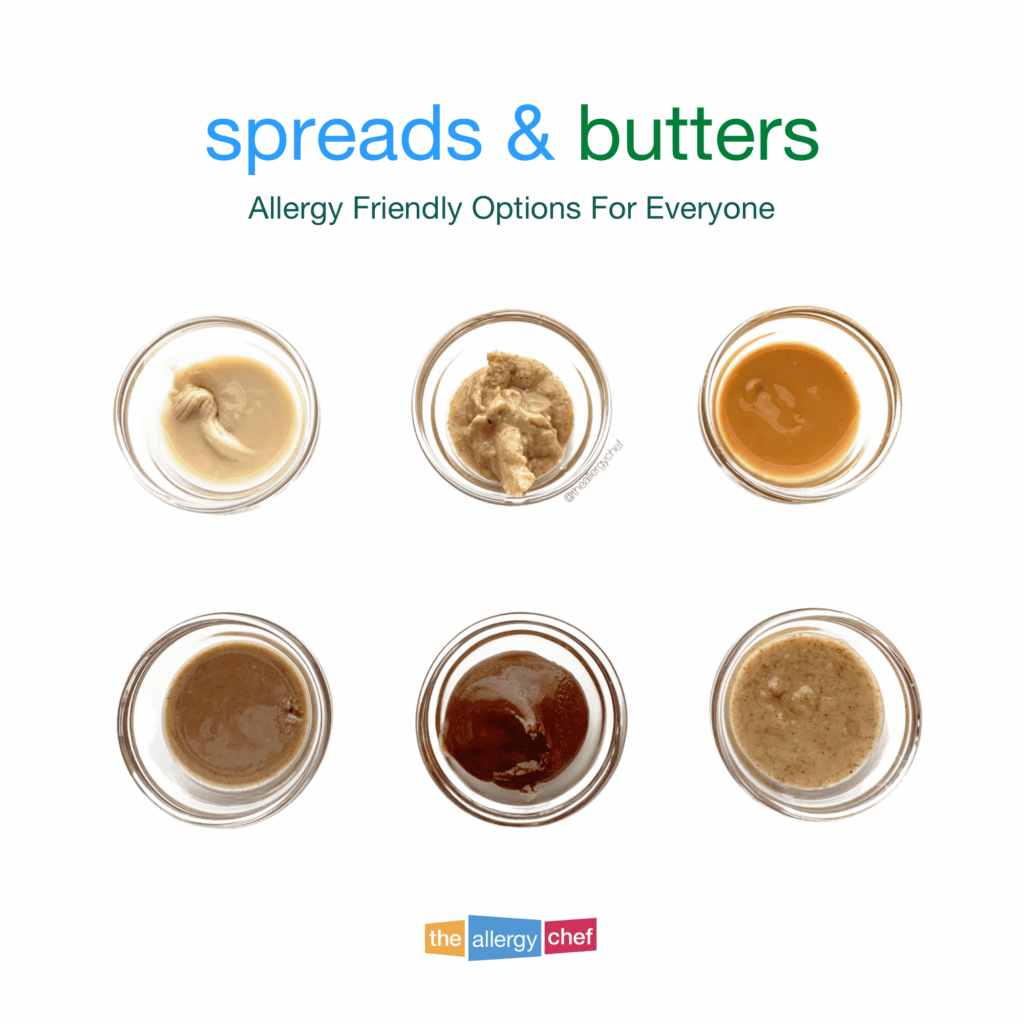 |
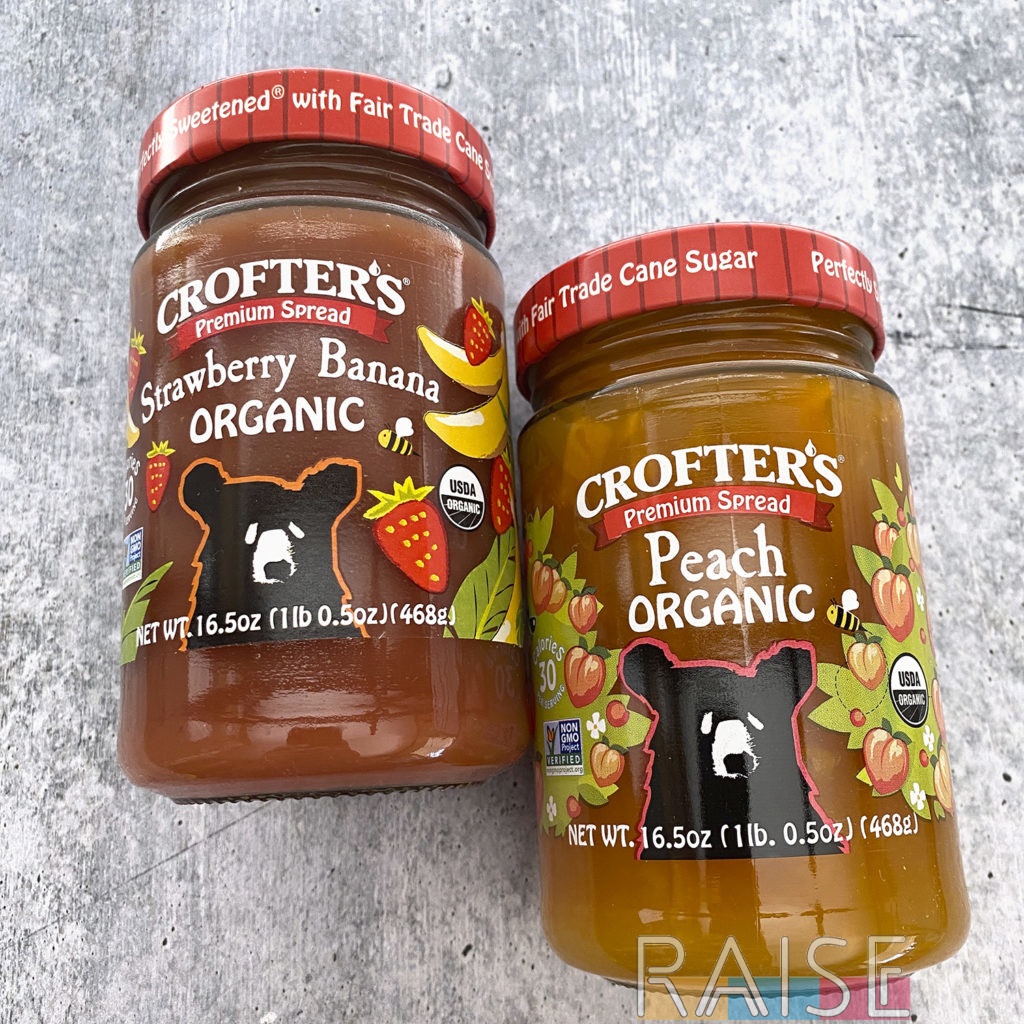 |
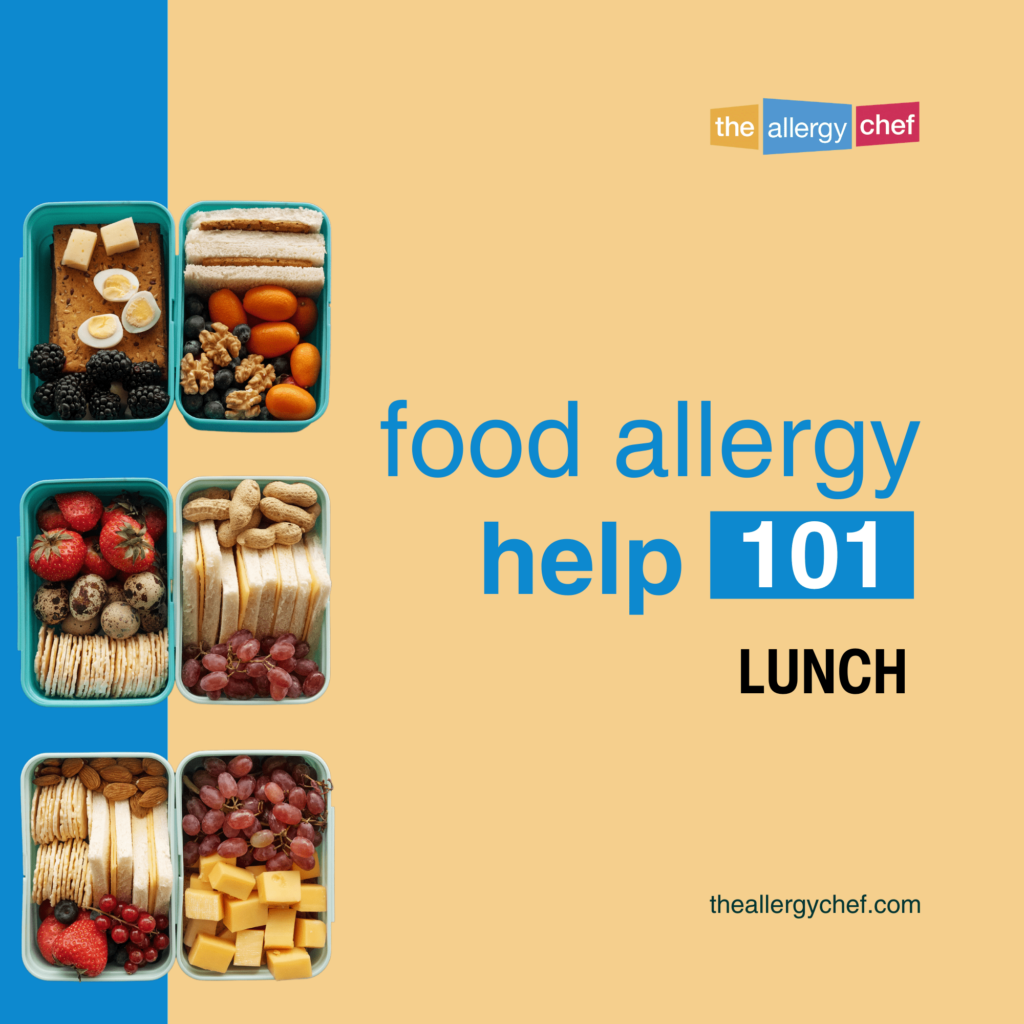 |
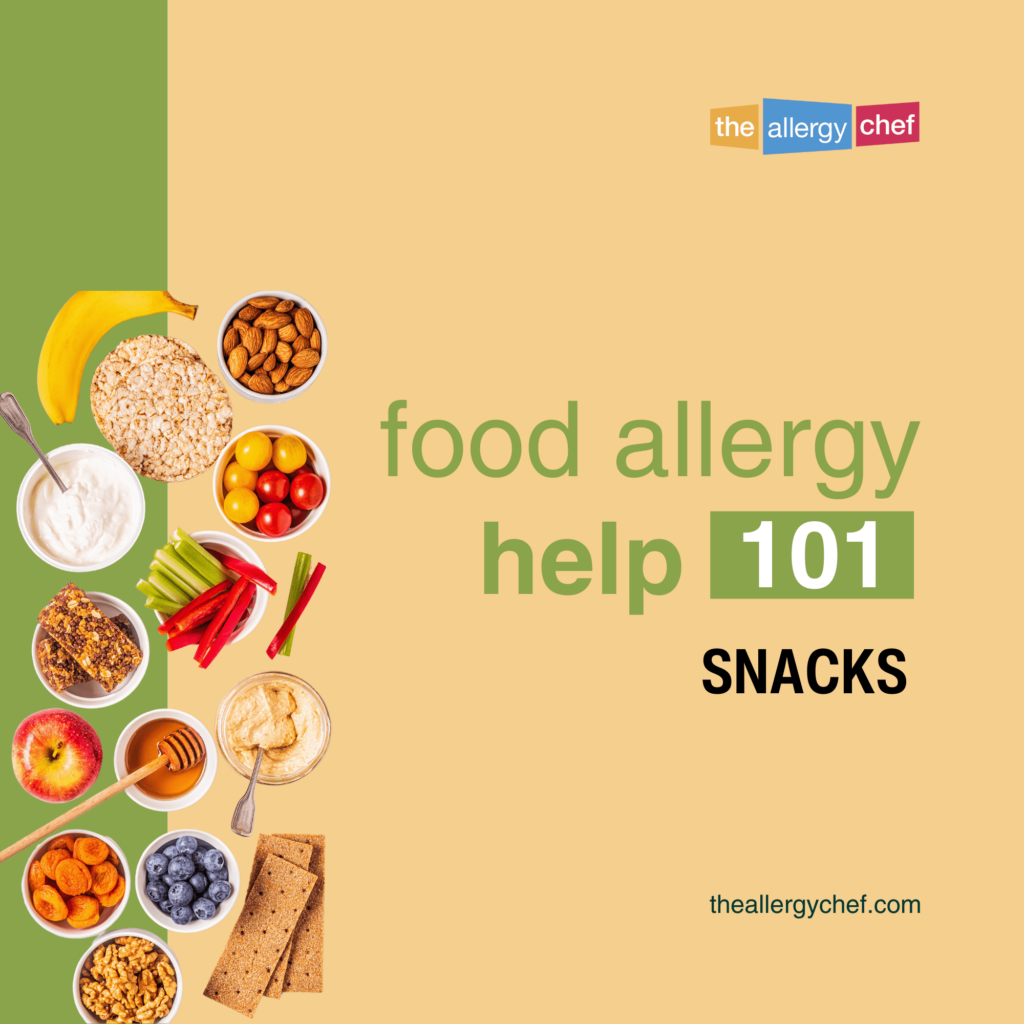 |
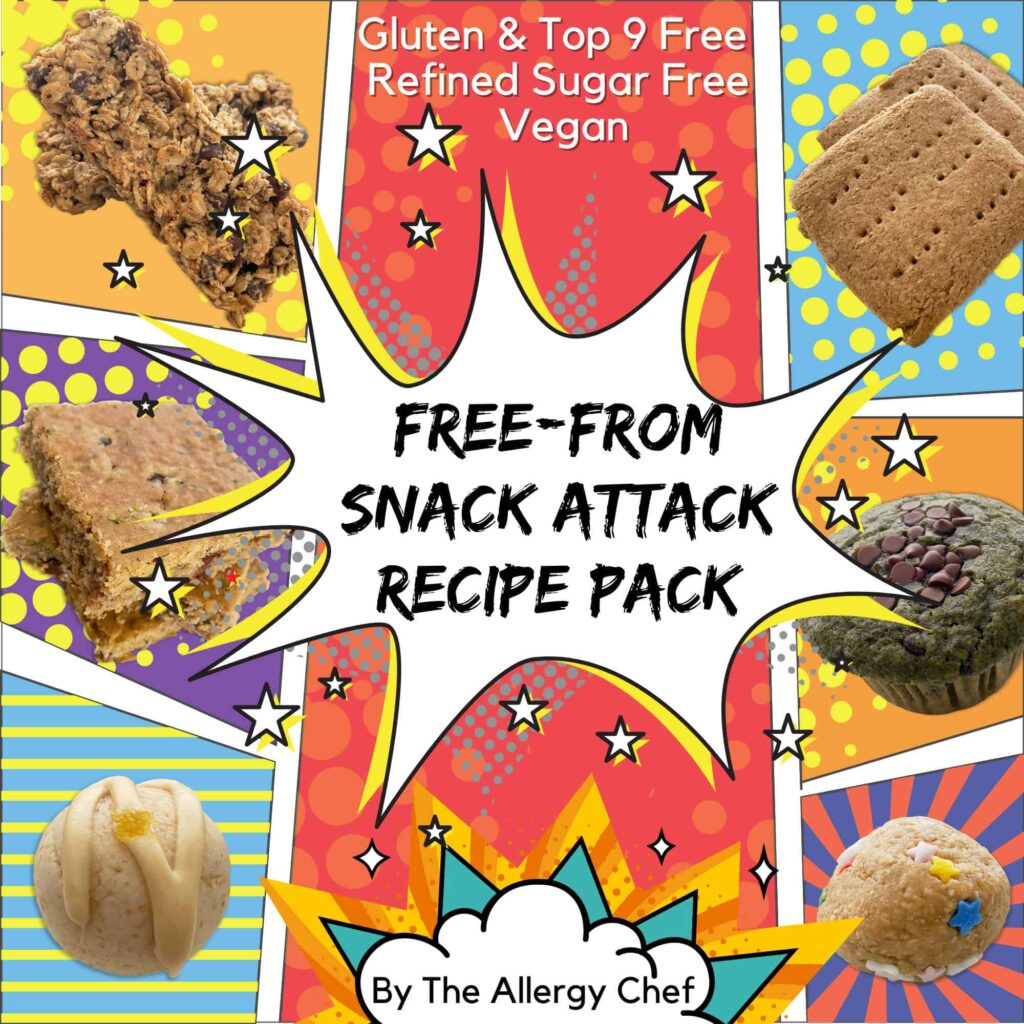 |
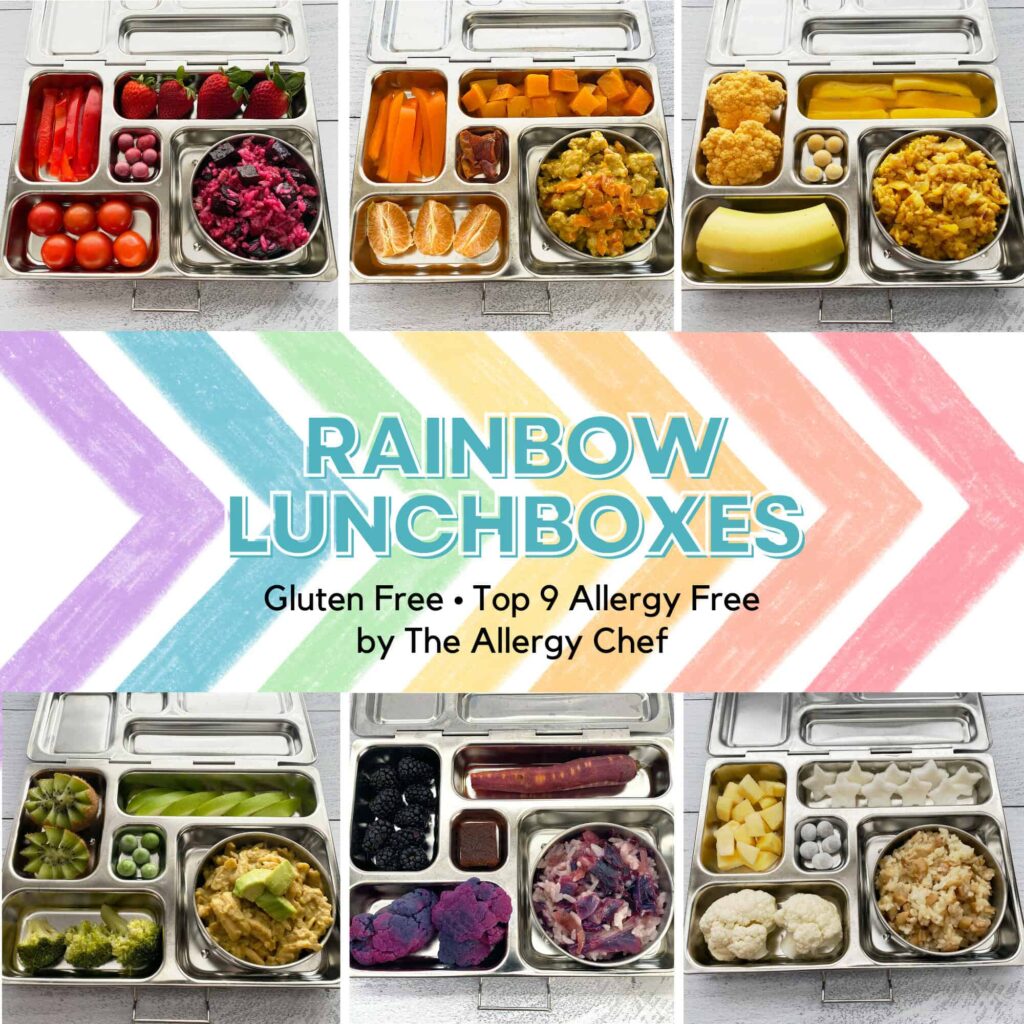 |
Inclusion and Normalcy is the Goal
I know you won’t always be able to achieve your goal, but it’s critical that inclusion be your standard. Excluding children due to something outside their control is never an ideal situation. You’ll want to keep inclusion in mind as you create your child’s 504 Plan. I love to say “Exclude the food, not the child”.
Empower Your Child
How you speak about your child’s restrictions matter. They should never feel like a burden. You should also encourage them and help them feel like they’re just as normal as the next kid.
I’m a firm believer that kids with dietary restrictions can do anything they put their mind to. They can be a chef, they can go to space, they can be race car drivers, and anything else that comes to mind. We as parents need to instill this belief in them. They need to enter the world with confidence and determination.
Additional Articles You May Enjoy
We’ve been through many new school years whilst managing food allergies. Some of the topics require a deeper dive. Check out the articles below for additional resources and advice.
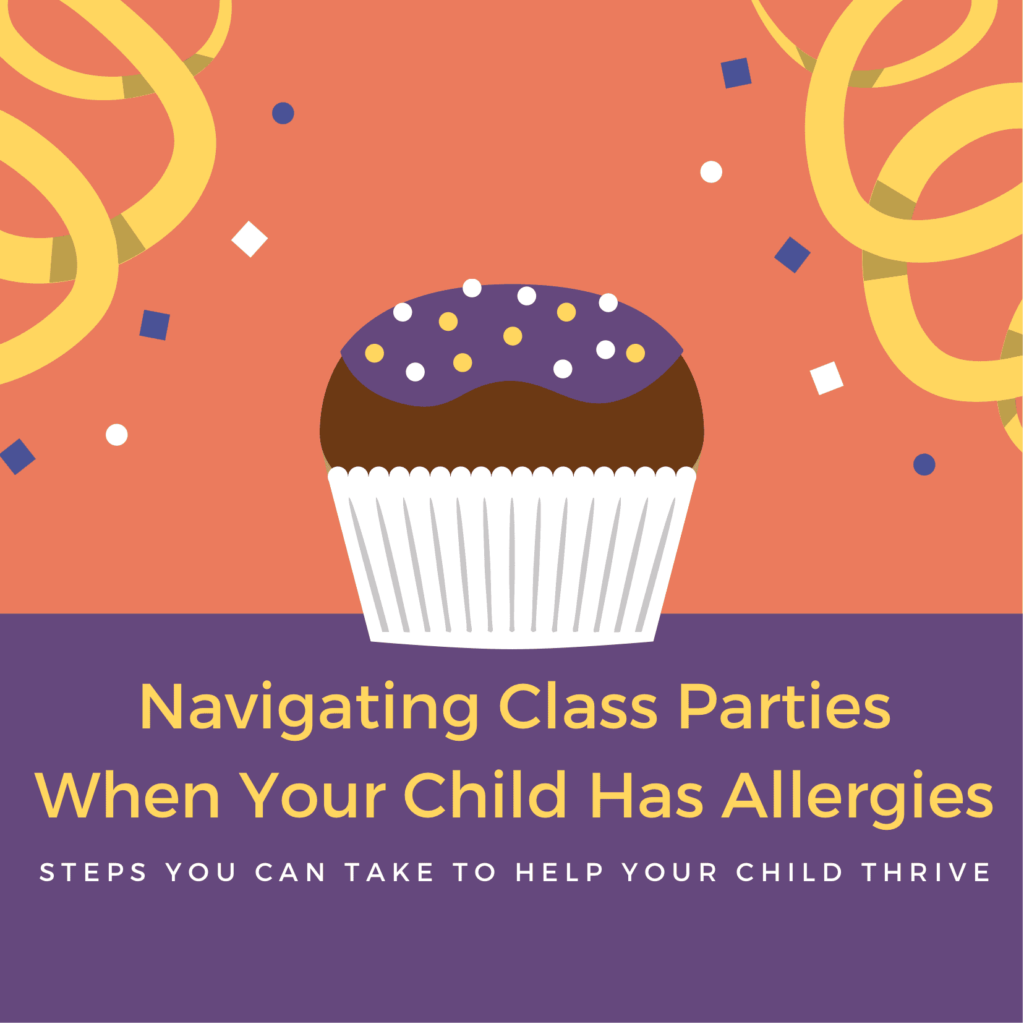 |
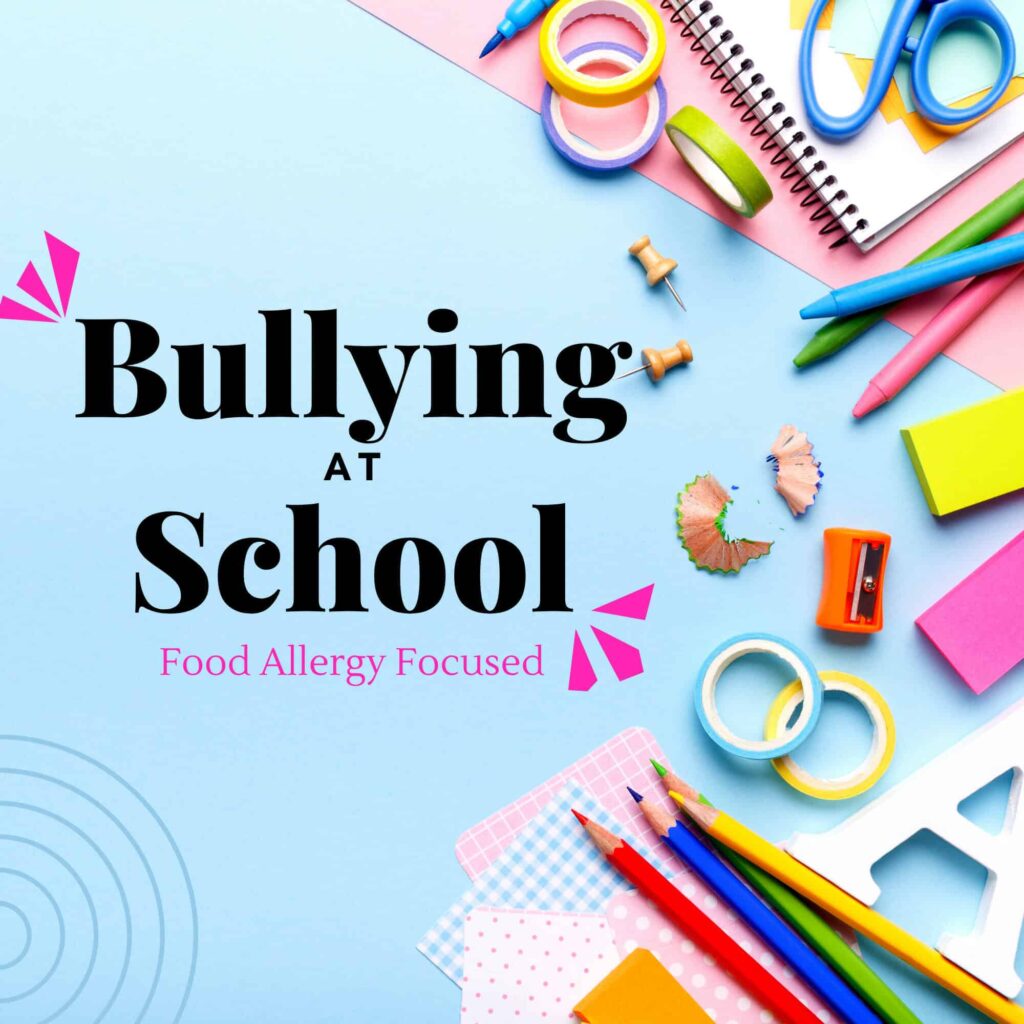 |
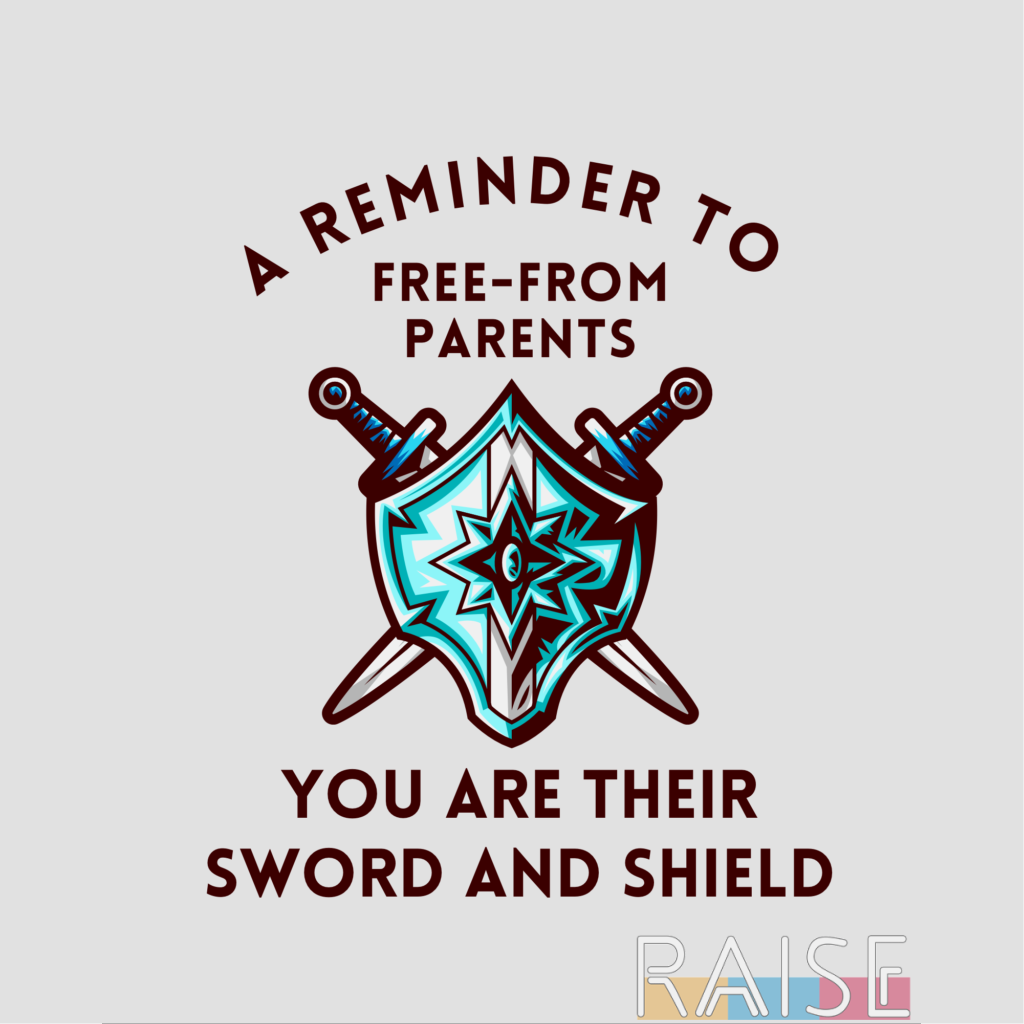 |
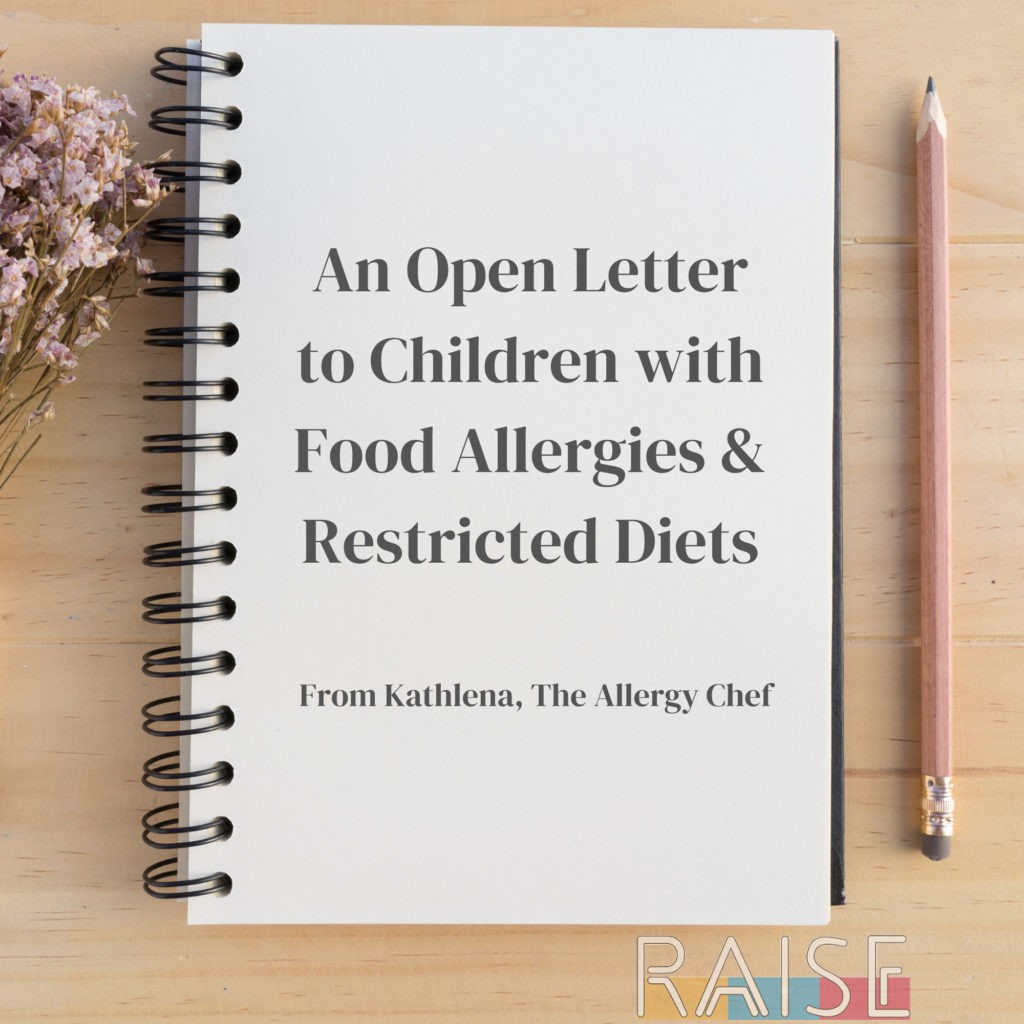 |
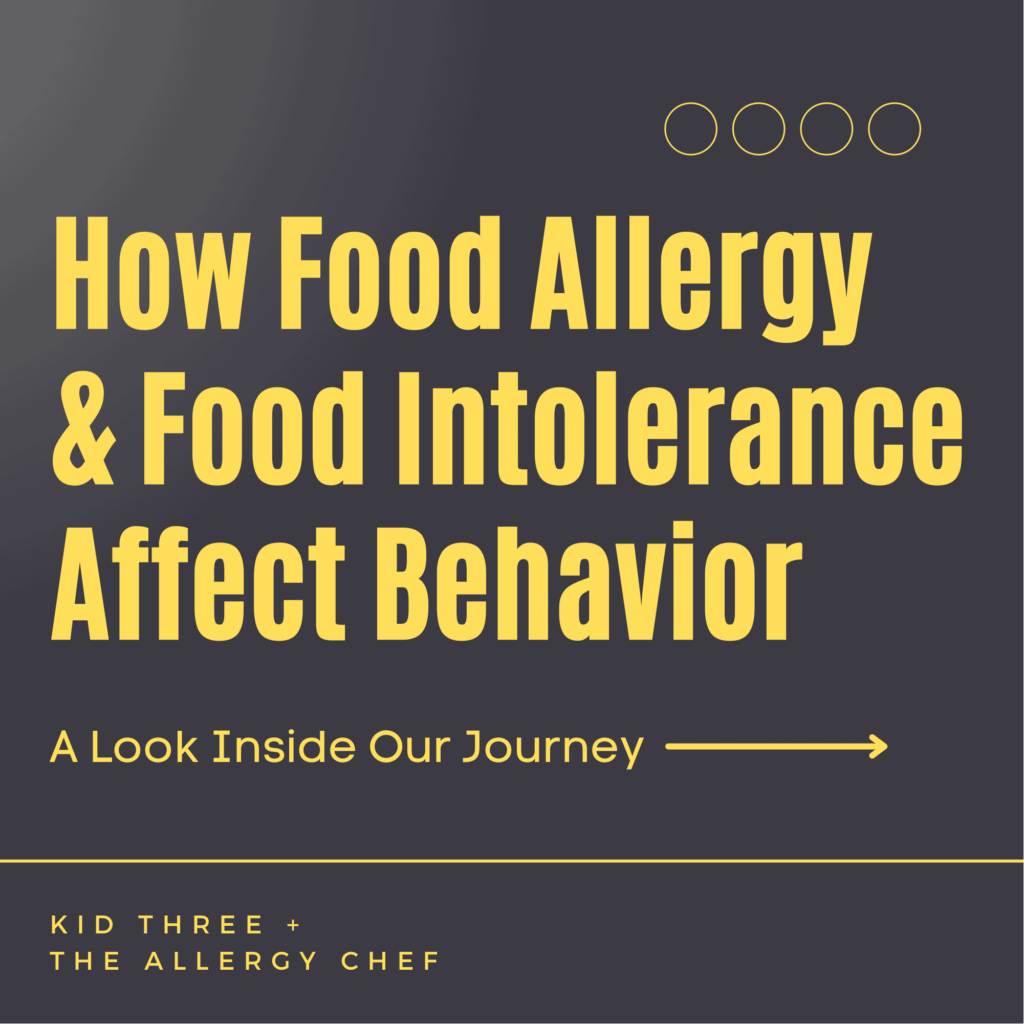 |
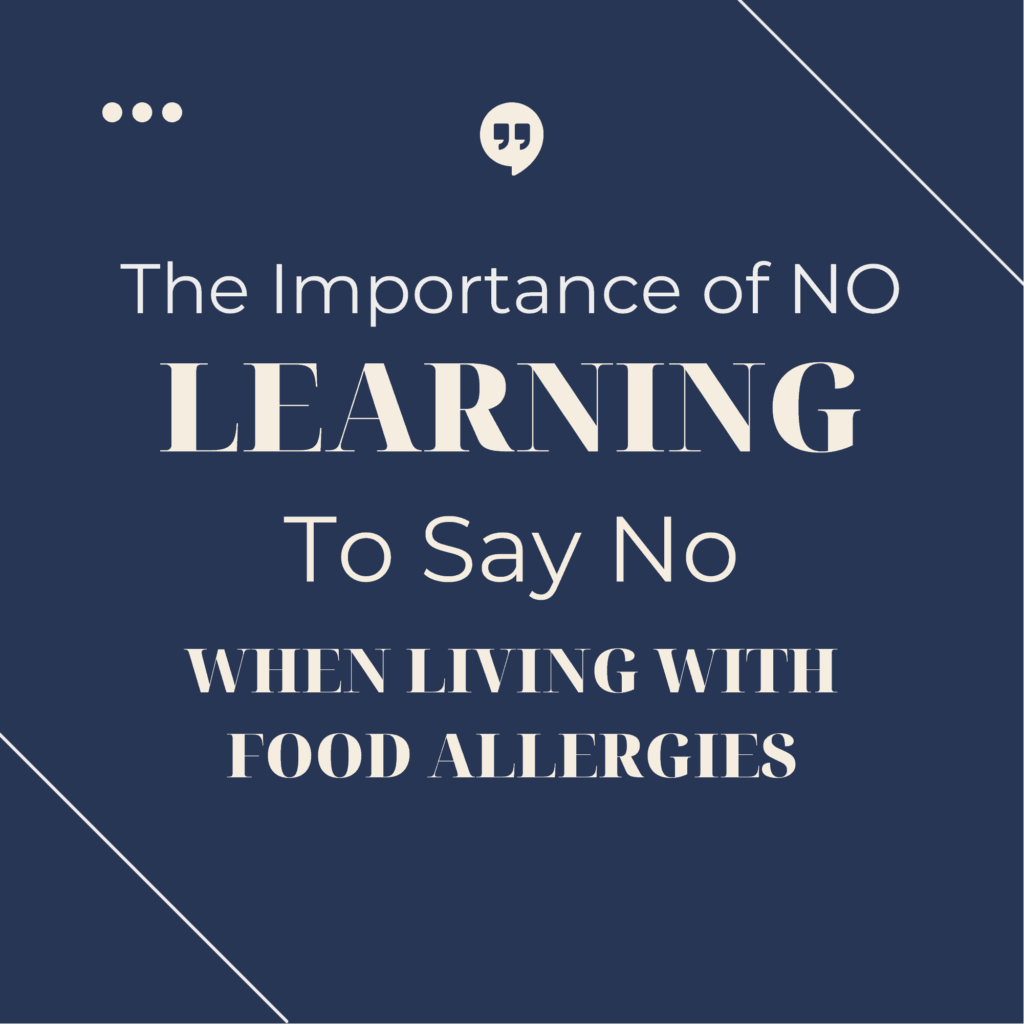 |
Additional Resources for Platinum & Diamond RAISE Members
Platinum and Diamond RAISE members enjoy access to even more resources. If you’re already a member, be sure to check out these back to school related seminars. If you’re not yet a member, now would be a great time to join.
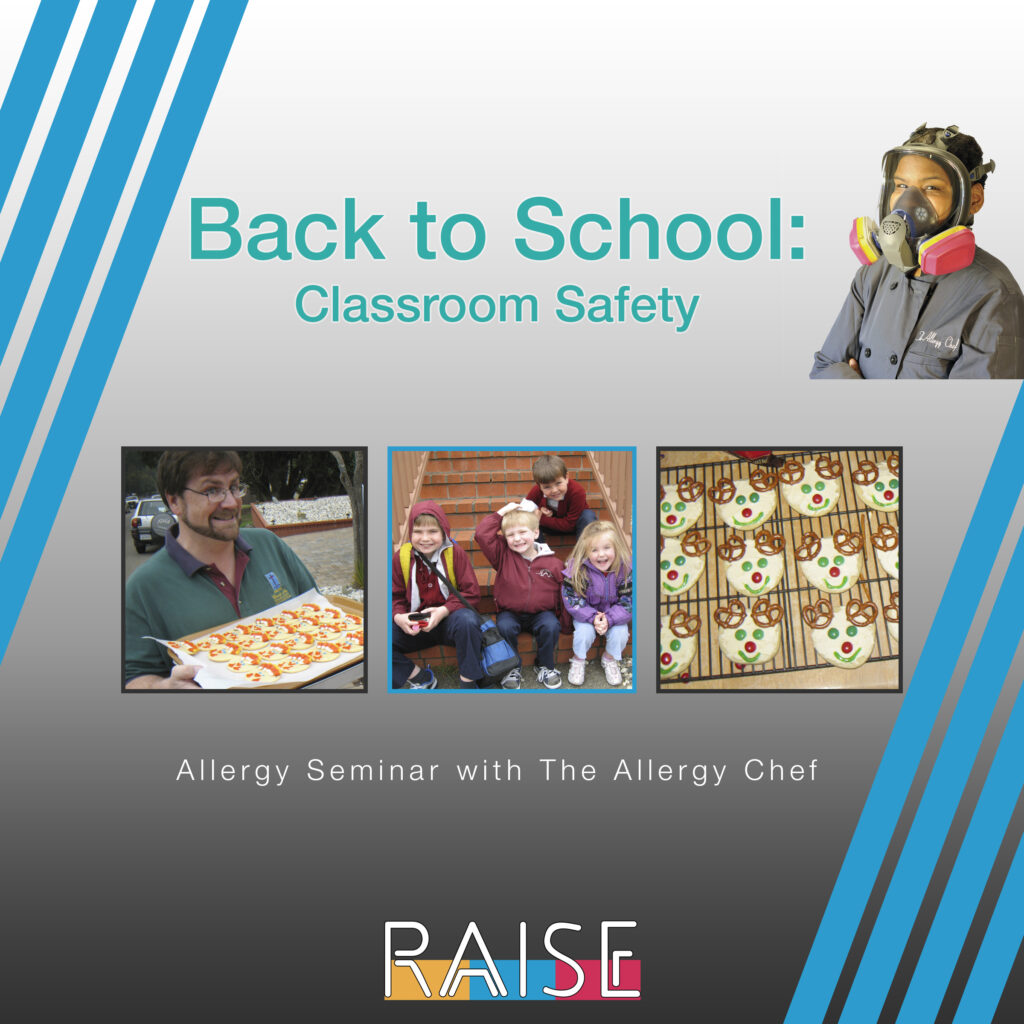 |
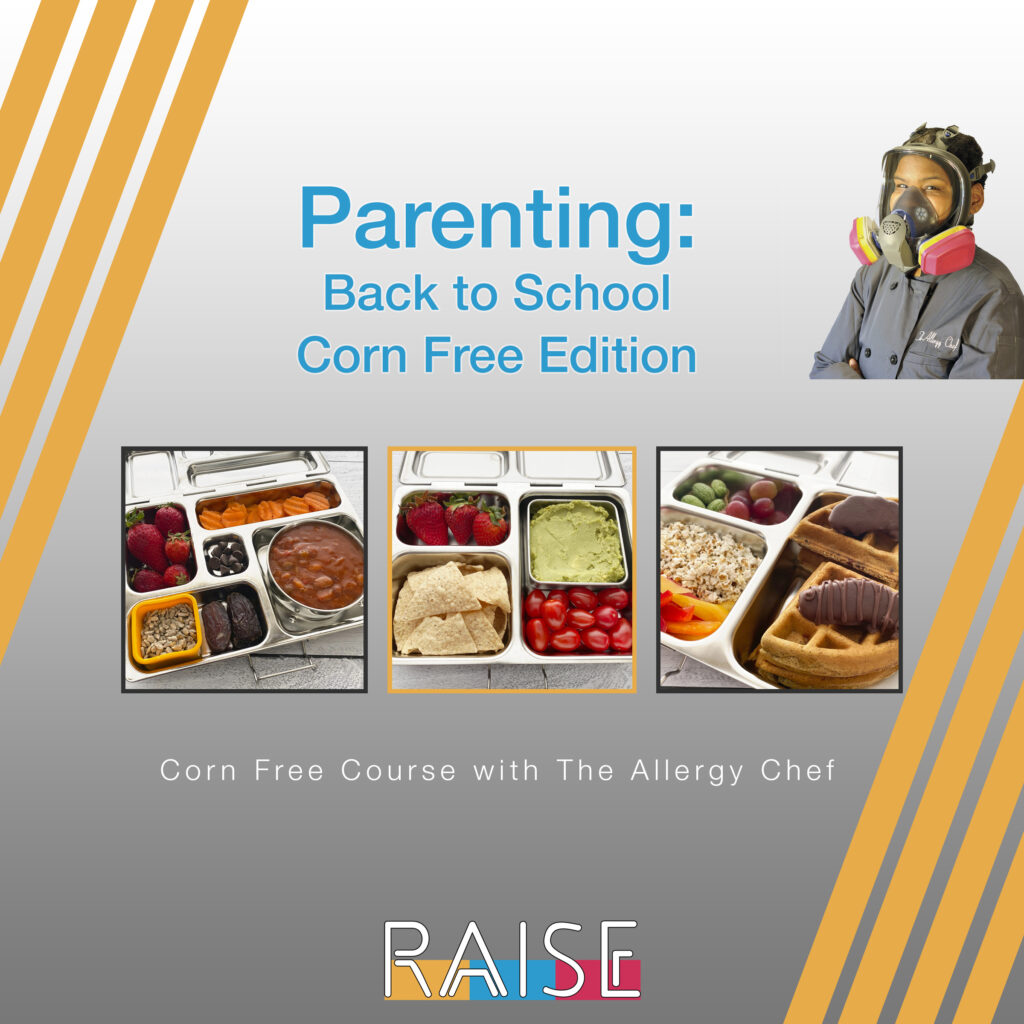 |
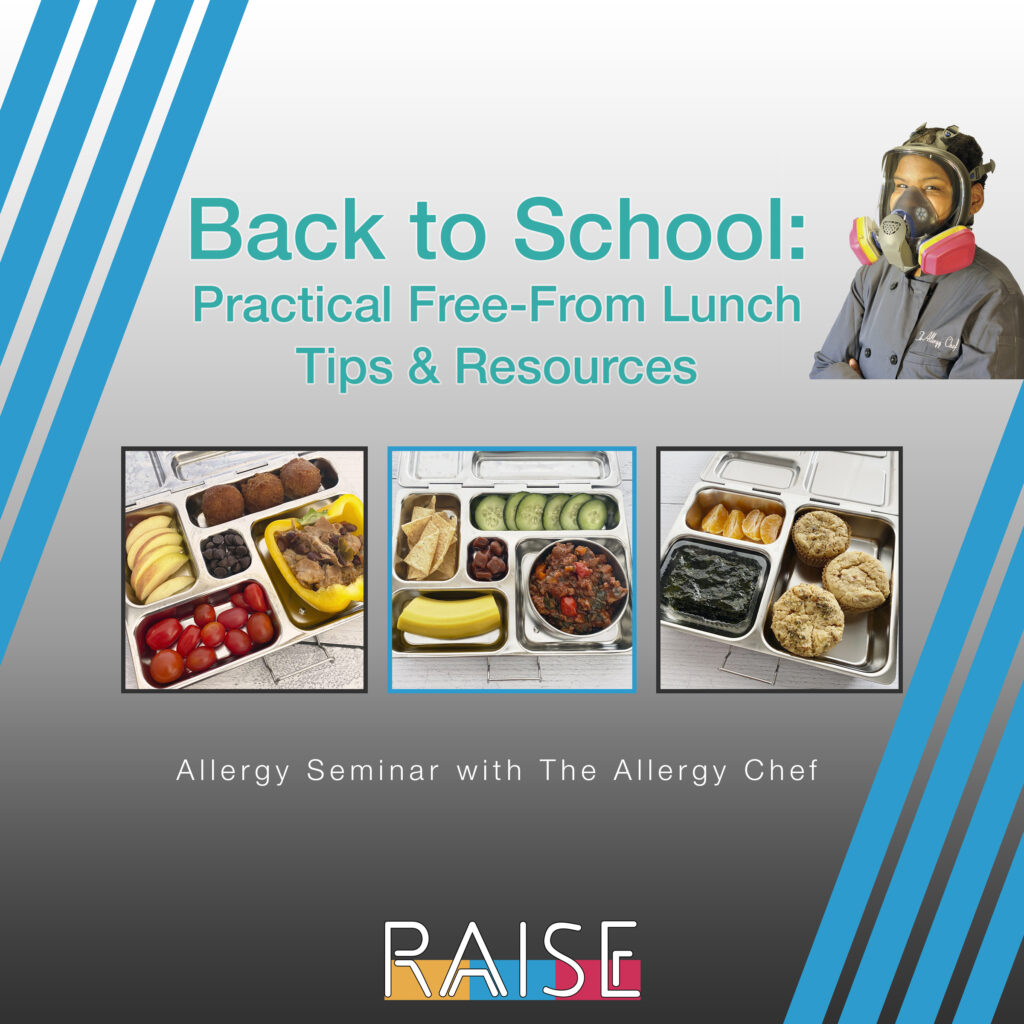 |
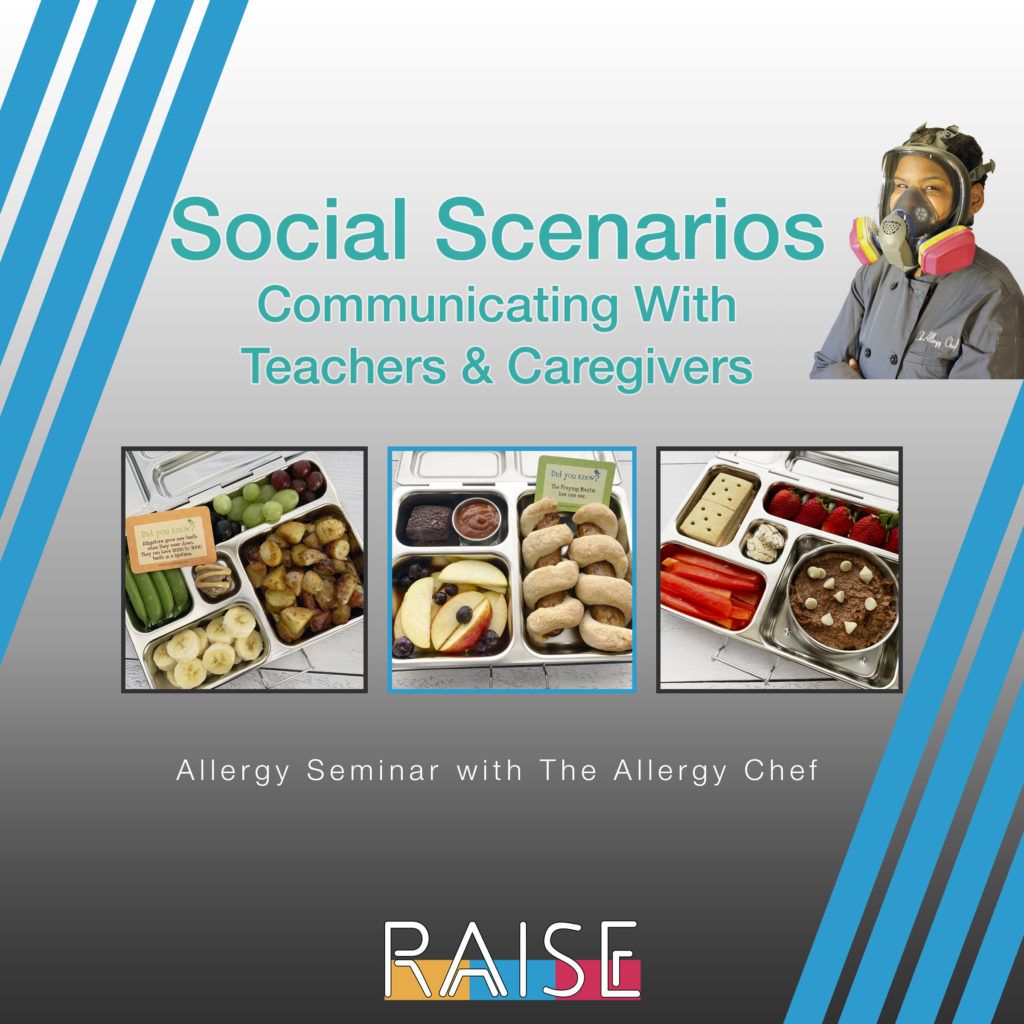 |
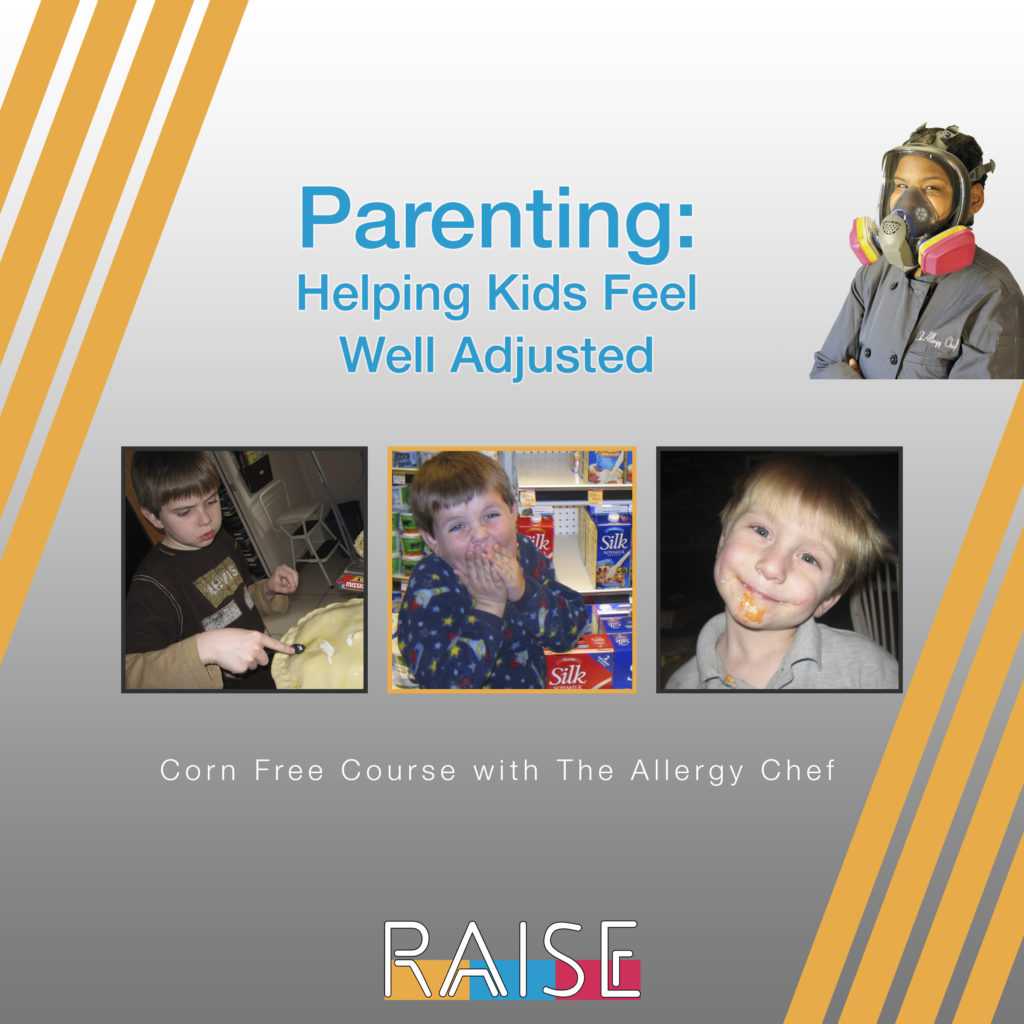 |
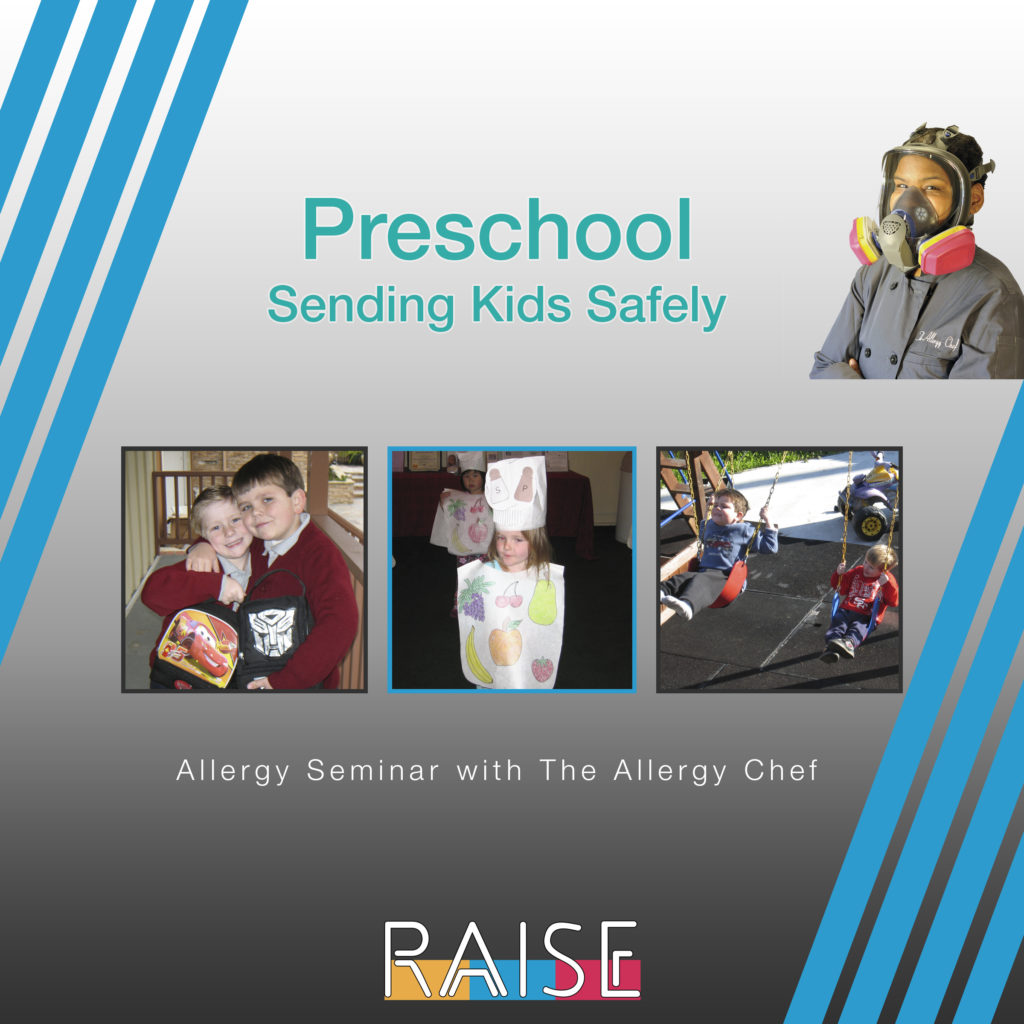 |

